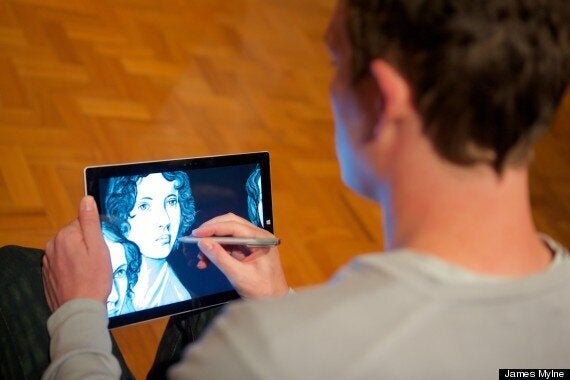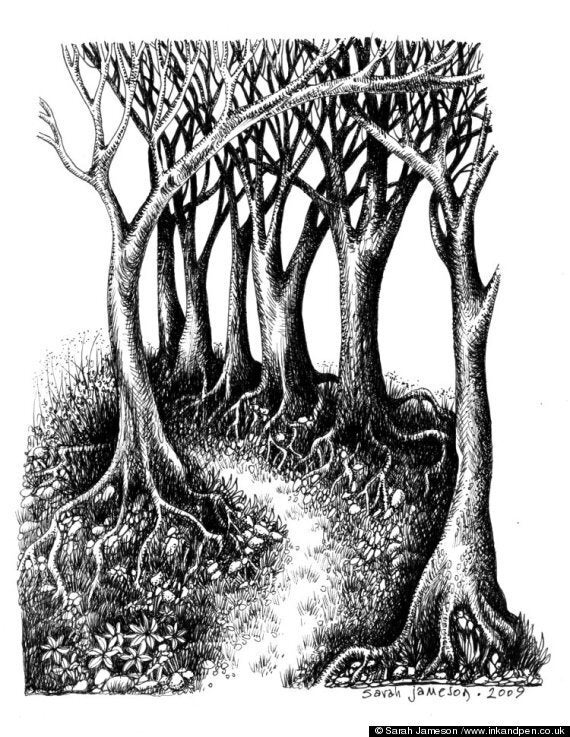"Who wants a stylus? You have to get 'em and put 'em away, and you lose 'em. Yuck. Nobody wants a stylus," Steve Jobs famously told a throng of reporters at the launch of Apple's first iPhone back in 2007.
Jobs' vision was for a future where we'd only be using what he considered the "best pointing device in the world" (our fingers). But that hasn't exactly panned out. And that's a good thing.
Human penmanship will never be obsolete.
From the earliest pictographs on the surfaces of rocks, to the Egyptians' writing on papyrus scrolls with reed pens, humankind has used tools to write, to store information and communicate messages to others.
We have evolved beyond the quills and fountain pens discovered in centuries past - and even the roller ball pens of the 1980s and 1990s - but handwriting is still a powerful communication device, and our personal writing can showcase everything from our state of mind to revealing traits about our personalities (graphology is now becoming a tool in high-level HR screenings).
When you want to add a personal touch to something, you pull out a pen, whether you're looking to write a "Thank you" note or signing the signature that's uniquely yours (and that you've been practicing with a flourish since you "discovered" it as a teen) on a new job contract.

"The act of writing something with a pen or pencil is so personal and satisfying, which conveys the writer’s personality in a way which computer-generated font is unable to do," says Nick Caulkin, a professional calligrapher and lecturer in calligraphy and handwriting.
"A pen doesn’t rely on electricity. You can use it any place, any time, anywhere. The skill of handwriting remains important in education, employment and in everyday life."
We can't underestimate the importance of learning to write as part of our basic literacy: From September, 2014, the National Curriculum demands that students be taught "fluent, legible and, eventually, speedy handwriting."
"In education, many assessments are based on written work, particularly in time-limited written examinations, which remain as a major form of assessment for many formal qualifications. If a student is unable is write quickly yet legibly, then he/she may miss out on learning opportunities and under-achieve academically," says Caulkin.
"Many personal computers now have handwriting recognition apps where handwriting as a means of interacting with computers is becoming more ubiquitous so even in this computer age, handwriting is still an important skill for communication. My pen is my word processor!" he adds.
SEE ALSO:
Artists use their tools - pens, pencils, paintbrushes - to create their masterpieces, and the process of putting pen to paper can be as enjoyable for them as looking at the final work of art is for the rest of us.
"I confess to never having used a touchscreen for anything other than getting money from a cash machine, so cannot claim to have experience of using them for drawing, but I doubt that electronic methods could ever vie with the sheer enjoyment and satisfaction of picking up a pen and dragging the nib across a sheet of paper to make a mark," says pen and ink artist Sarah Jameson.

Improvements in technology now combine the best of both worlds in devices like the Microsoft Surface Pro 3, a tablet fitted with a keyboard and a digital pen that has quickly become the preferred tool of both experienced artists and novices alike.
With Microsoft's Surface Pro 3, you can write, draw, doodle and sketch away directly on the pressure-sensitive display screen with a stylus that features a pressure-sensitive tip for drawing (in apps that support pen pressure, you simply apply pressure to thicken the line).
Made a mistake? No need to ball up your paper and start from scratch. The Pro Pen has an eraser tool that magics any issues away at a click.

James Mylne is a photo-realist ballpoint pen artist who is also known for his striking digital art recreations of famous paintings like William Shakespeare in The National Portrait Gallery. His view on why art made with a pen on paper cannot be replicated with a finger?
"There is one inescapable reason why artwork created on digital devices can never truly compete with works on canvas/paper etc; anything created digitally can effectively be reproduced (copied) an infinite amount of times without losing any detail or information.
"So, simply put, it's a matter of: works on paper/canvas are unique and can never be perfectly replicated, which is not the case for digital artwork."